How often do you feed a baby blue jay
What Do Baby Blue Jays Eat?
by Jesse
Blue jays are an easily recognizable, perhaps even iconic, songbird. Their large size, blue feathers, and distinctive call mean that just about anyone can recognize a blue jay. Adults can often be seen eating large acorns, and are drawn to feeders full of things like peanuts and sunflower seeds. They also have been known to occasionally raid the nests of other birds, eating their eggs and chicks. So we know what adult blue jays eat, but what do baby blue jays eat?
What Do Baby Blue Jays Eat?
As with most birds, baby blue jays eat more or less the same things that their parents eat. Adult blue jays bring nuts, seeds, insects and small animals back to the nest for their chicks. For at least six weeks after hatching, the chicks are totally dependent on their parents to bring them food, and the parents bring whatever they can find.
Do Baby Blue Jays Eat Worms?
If their parents bring them a worm, they’ll eat it. Caterpillars and seeds are probably more common, but earthworms certainly make their way into many baby blue jay’s diets. Worms are a little hard to find, since they’re usually underground, but occasionally a heavy rain or human activity brings a bunch of worms to the surface, and the blue jays will definitely go after them. The parents must also take size into consideration, very young nestlings often cannot yet eat large earthworms.
How to Feed Baby Blue Jays
If you need to feed a baby blue jay, use either moist dog/cat food or commercially sold baby bird food, fed through an eye dropper. However in general you should not attempt to do this yourself, and we will talk about why below.
If you’ve found a nest with baby blue jays you suspect is abandoned, don’t jump to any quick conclusions. In most cases of a nest with begging babies, the adults are nearby finding food and will come back periodically to feed the young. Male and female blue jays both take turns feeding the young, however it has been observed that males may often do the majority of the feeding.
Some feedings can be very quick, and the adults will only stop by for a minute before leaving to find food again. Because you could easily miss this quick process, you would have to watch a nest non-stop (not a few minutes at a time) for at least a few hours before you could determine if the babies have potentially been abandoned.
Contacting a Wildlife Rehab Expert
If you have determined that the baby blue jays do need help, it is important to contact a qualified bird rehabber. In many states, only certified rehab specialists are allowed to be in possession of wild birds. Not to mention they are trained in exactly how to care for them.
Care of baby birds can be very tricky. Many nestlings need to be fed every 20 minutes or so for 12 to 14 hours a day! That is a lot of constant time and attention. They also need balanced food with enough protein and nutrients to grow properly. This is why the knowledge and expertise of a rehabber is their best bet for survival.
If you get in touch with a rehabber that isn’t able to take the birds right away, they may instruct you on how to care for them until they can pick them up. For the short term, dog or cat food (moist, fed through a dropper), or specialty baby bird food mix, is often used.
To find a rehabber near you, Google search the name of your state plus “wildlife rehabilitation”, or check your states department of the environment page for a list of licensed rehabbers.
Do Blue Jays Really Raid Other Bird’s Nests?
This is a widely held belief, and it’s not entirely clear why this is so commonly believed. In fact, there’s not really much evidence to suggest that blue jays are nest-raiders. In a study performed on blue jay diet that looked at their stomach contents, researchers found remains of eggs or nestlings in only 1% of adult blue jays, which hardly makes them stand out as “egg snatchers” over other birds.
While blue jays are not big nest-raiders themselves, they have to be on guard against other birds.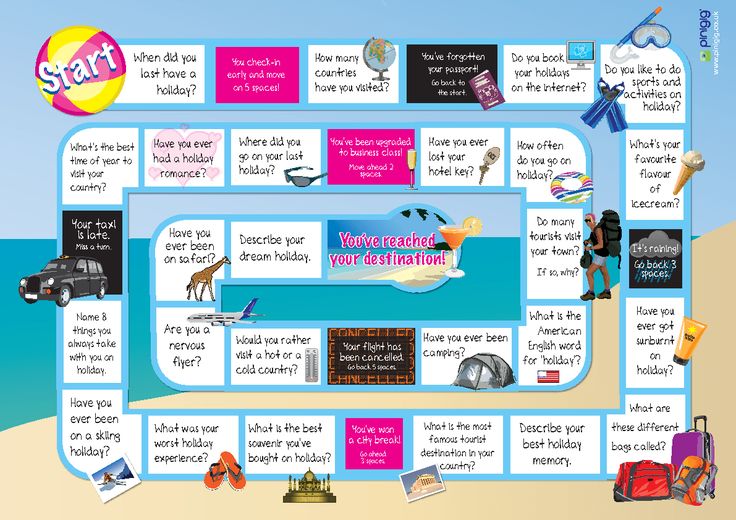 Crows, especially, will eat blue jay eggs or kill and eat their chicks.
Crows, especially, will eat blue jay eggs or kill and eat their chicks.
Why Did a Blue Jay Attack Me?
Despite the fact that they are somewhat small in the world of wildlife, blue jays are surprisingly aggressive and fearless. Plenty of people have been attacked by angry blue jays, and most of them were just walking down the street or in their yard when it happened. Fortunately blue jays aren’t really capable of doing any damage, but it’s still an unnerving experience.
In all likelihood, if you’re dive bombed by a blue jay, you were walking too close to their nest. Blue jays like to build their nests high up in trees and they hide them well, so it’s rare to spot them. The parents, though, are fierce protectors and won’t hesitate to chase of potential predators.
This is especially true around May and June, when the babies are just learning to fly. This is when they’re at their most vulnerable, and the adults get extra protective of them. That’s when most blue jay attacks occur.
Do Blue Jays Like Acorns?
Acorns are a favorite food of blue jays, although they’re a bit too big for the babies to eat. That’s fine, since by the time acorns are available the babies will have left the nest and grown to adult size. Acorns are a favorite for blue jays, and each fall adult birds will hide somewhere between 3,000 and 5,000 acorns in the ground, saving them for the winter months.
In fact, blue jays are credited with spreading oak forests across the U.S. While they remember where they put most of those acorns, they always forget some of them, which means that each blue jay ends up planting a bunch of oak trees every fall.
Conclusion
Baby blue jays eat just about anything their parents bring them. Mostly, that means seeds, nuts, and insects. If you find yourself caring for baby blue jays that have been abandoned while waiting for help from a rehabber, pet food or commercially sold baby bird food will help to meet their nutritional needs.
About Jesse
Jesse enjoys bird watching and feeding birds in his backyard, learning about the different species, and sharing his knowledge and experiences.
...
Baby Blue Jays: All You Need To Know
What does a baby Blue jay look like?
How big are baby Blue jays?
Why do you never see baby Blue jays?
What is a baby Blue jay called?
What do baby Blue jays eat?
Do both parents feed baby Blue jays?
What do Blue jay eggs look like?
How long do Blue jay eggs take to hatch?
How many babies does a Blue jay have?
When do Blue jays lay eggs?
How do Blue jays feed their chicks?
How long do baby Blue jays stay with their parents?
Do Blue jays have helpers?
Blue jays (Cyanocitta cristata) have beautiful cobalt-blue plumage and distinctive head crests - they’re the most colorful of all the corvids and one of the most recognisable birds in North America.
Like all corvids, Blue jays are intelligent and resourceful, but what about baby Blue jays? This is a guide to everything you need to know about baby Blue jays!
What does a baby Blue jay look like?
Baby Blue jays are tiny when they hatch and are mainly grey with faint shades of yellow and pink. They’re blind with closed eyes and may be covered in small featherless naked patches.
At hatching
Baby Blue jays are mostly feathered when they hatch but may have naked featherless patches. They’re predominantly grey with pink/yellow plumage on their underside. Their eyes are shut and don’t open for the first 4 to 5 days.
While baby Blue jays will only squirm on their first day, they can shuffle around the nest by day 2. Blue jay hatchlings are tiny, just 50mm long or so.
Blue jay feeding chicks in the nest
Growth and development
Blue jays grow rapidly in their first five days, and their plumage gets noticeably darker, turning to olive. Blue feathers don’t start breaking out until day 14 or so and continue to grow until day 20 or so, at which point the jay fledges.
Blue feathers don’t start breaking out until day 14 or so and continue to grow until day 20 or so, at which point the jay fledges.
Full blue plumage development isn’t complete for another month or so after fledging. However, juvenile Blue jays are relatively easy to identify by their blue-grey plumage and buff, fluffy feathers.
A pair of recently fledged blue jays
How big are baby Blue jays?
Baby Blue jays weigh around 5.5g at hatching with a body length of just 51 mm. By the fifth day, Blue jays already weigh approximately 20 to 28g and measure about 76 mm.
Why do you never see baby Blue jays?
Baby Blue jays won’t leave the nest for 17 to 22 days but are unable to fly for another week or so after fledging.
Once fledged, the chicks remain close to their parents. The parents often relocate away from the nest while staying within the confines of deep treetop foliage.
Blue jay fledglings are vulnerable and are pretty easy to spot if they’re roaming around on the ground. However, if you spot one, its parents are probably watching it (and you!) from a treetop perch, so think twice before touching or relocating it.
However, if you spot one, its parents are probably watching it (and you!) from a treetop perch, so think twice before touching or relocating it.
A blue jay fledgling on the ground
What is a baby Blue jay called?
There is no specific name for baby Blue jays. Just after they hatch, Baby Blue jays are called hatchlings. Then, they develop into nestlings while they spend all of their time in the nest. Finally, baby Blue jays become fledglings, juveniles, and fully grown adults.
What do baby Blue jays eat?
Baby Blue jays eat whatever their parents bring them, including insects, berries, seeds and grains. While Blue jays also eat meat in the form of small animals and other birds, the young are unlikely to be able to digest it. Soft foods are preferable.
In the first few days after hatching, the male provides the vast majority of food, but the female will join if his haul is insufficient. Then, after a few days, the female typically joins the male to forage more feed for the hungry chicks.
After that, the male usually feeds the nestlings too, but the female has been observed reaching into the chicks’ mouths and redistributing food.
A blue jay feeding one of their chicks
Do both parents feed baby Blue jays?
In the first few days after hatching, the male does most of the foraging and feeds the nestlings. However, the female will often forcibly redistribute food by reaching into the nestlings’ mouths.
After around 4 to 5 days, the female typically joins the male. As the birds approach fledging, both birds feed the chicks. Parental feeding carries on for a week or two after the baby Blue jays fledge.
What do Blue jay eggs look like?
Blue jay eggs typically measure 28 mm x 20 mm and are predominantly ovular. colors vary from shades of blue, to green, olive and light brown.
They’re spotted or blotched with brownish markings, mainly towards the larger end. So while Blue jay eggs look similar to most corvid eggs, they vary a lot, especially regarding their color and shape.
A juvenile blue jay, perched on the fence
How long do Blue jay eggs take to hatch?
Blue jay eggs are incubated for around 17 to 18 days before hatching.
How many babies does a Blue jay have?
Female Blue jays typically lay between 2 to 7 eggs, but 4 to 5 is more common. It would be rare for all chicks to survive until adulthood.
When do Blue jays lay eggs?
Blue jays almost solely lay eggs in the months of March, April and May.
May egg-laying usually only occurs in the north, or when it’s particularly cold. In the south, egg-laying may start as early as early March, but rarely earlier.
- Michigan: early May
- Minnesota: late April
- Kentucky and Kansas: Mid April
- Arkansas: late March
- Florida: Early March
Three Blue Jay fledglings perched in a tree together
How do Blue jays feed their chicks?
Blue jay parents are presumed to partially regurgitate harder foods into the chicks' mouths, but probably feed most foods to the chicks whole. Larger pieces of food will be torn up before feeding.
Larger pieces of food will be torn up before feeding.
Baby Blue jays are fed with berries, insects and seeds. Insects are ideal as they’re soft and high in protein and fats.
How long do baby Blue jays stay with their parents?
Blue jays fledge after just 17 to 21 days after hatching in most cases, but they’ll stay very close to the nest (within 25m or so usually) for another 2 to 3 weeks.
After that, young Blue jays usually stay within the family unit for another 2 to 3 months, at which point they’ve grown out most of their adult plumage and fly off to establish independent territories. Baby Blue jays often continue to harass their parents for food long into summer.
Close up of a baby blue jay
Do Blue jays have helpers?
Helpers are single unpaired birds that help a pair of birds with everything from nest building and incubation to brooding and feeding.
Blue jays sometimes have nest helpers, though this is rarer than it is for other Corvids, e. g. crows.
g. crows.
Blue jay helpers have been observed helping build the nest and feeding the young. It’s unclear whether they’re related to the pair (e.g. last year’s young), or whether they’re unrelated.
Enjoyed this content? Share it now
How to Attract Blue Jays: 11 Steps (with Pictures)
Blue jays can be good for the environment due to their tendency to "plant" seeds and acorns. This, in turn, fills the environment with foliage. Today, blue jays can be found in almost any habitat, although they prefer oak forests. While they can be a little raucous, they will add beautiful vibrant color to any backyard or stage.
Steps
Part one of 3: Creating an attractive home
-
one Build or buy an open nesting platform. Blue jays are attracted to flat areas on tree branches or surfaces such as window sills. For this reason, they will use a flat nesting platform instead of a traditional house.- Floor area must be at least 8 inches (20 cm) by 8 inches (20 cm).
 It should be high off the ground, mounted on a tree or on a pole. Whichever platform you choose, make sure it's safe from predators like raccoons. Blue jays can build their nests from 5 feet (1.5 meters) to 50 feet (15 meters) above the ground.
It should be high off the ground, mounted on a tree or on a pole. Whichever platform you choose, make sure it's safe from predators like raccoons. Blue jays can build their nests from 5 feet (1.5 meters) to 50 feet (15 meters) above the ground. - You can also buy hanging feeders, such as peanut wreaths, which are specially designed to attract birds such as blue jays. You can also try the fun craft if you have kids or do it alone. Take a cone and pour it with peanut butter and bird seeds. Birds are crazy about them, and sometimes you can find these things right in your home.
- Hanging feeders float more freely, making it harder for other animals such as raccoons to reach them. However, they are more unstable and larger birds may evade them.
- Floor area must be at least 8 inches (20 cm) by 8 inches (20 cm).
-
2 Choose a location that is shady and away from predators. Keep your nesting area out of the reach of squirrels, if at all possible. Since you'll likely be loading the platform with nuts and seeds, this could be the squirrel's heyday - and he'll be able to fend off birds from his newly found treasure.
Keep your nesting area out of the reach of squirrels, if at all possible. Since you'll likely be loading the platform with nuts and seeds, this could be the squirrel's heyday - and he'll be able to fend off birds from his newly found treasure. - In the shade is also important. Sometimes blue jays eat and eat and then store the food in their mouth (in their throat pocket) to bring home and bury for later. This can take a long time and if they are in the sun they will heat up. Keep your feeders in the shade so they can be comfortable.
-
3 Install the birdbath. The Birdbath is a good source of water for the jays and a good source of entertainment for you when you watch them bathe. The birdbath will also attract birds of other species.- Bathing for birds with a fountain or fountain is twice the fun. The birds will be intrigued and you will be intrigued as you watch the birds become enamored with their find.
Goal
0 / 0
Part 1 Quiz
Which of these houses is best for a blue jay?
Hole in a tree trunk
Not really! Blue jays really need a home high above the ground so they can avoid predators. Blue jays build their nests 5 to 50 feet (1.5 to 15 meters) above the ground. Choose another answer!
Blue jays build their nests 5 to 50 feet (1.5 to 15 meters) above the ground. Choose another answer!
Flat platform on a branch
Correct! Blue jays prefer flat areas on tree branches or surfaces such as window sills. Remember that the floor area must be at least 8 by 8 inches (20 by 20 cm). Read another quiz question.
silver shiny tennis shoes
Round nest of twigs on a twig
Not really! Blue jays like flat spaces rather than cramped enclosures. Although they collect bedding for their "nest", this is usually not a traditional round nest. Choose another answer!
Want more quizzes?
Part 2 of 3: Keeping Blue Jays at Feeding
-
one Offer your blue jays their favorite food. The best way to attract birds to your area is through food. The blue jay's diet mainly consists of plants, vegetables, and nuts, although they also eat some insects. You will attract quite a lot of blue jays in your area if you offer variety in a large platform feeder. Some of the blue jay favorites include:
You will attract quite a lot of blue jays in your area if you offer variety in a large platform feeder. Some of the blue jay favorites include: - peanuts (preferably cleansed)
- Sunflower Sunflower Black and striped
- Busy Berries
- Cherry
- fat
9000 9000 - You must remove any remaining berries, nut shells, egg shells, faeces or dead insects from the bird perch or house to keep them clean.
-
3 Consider planting oak. Blue jays prefer oak forests, although they can be found almost anywhere.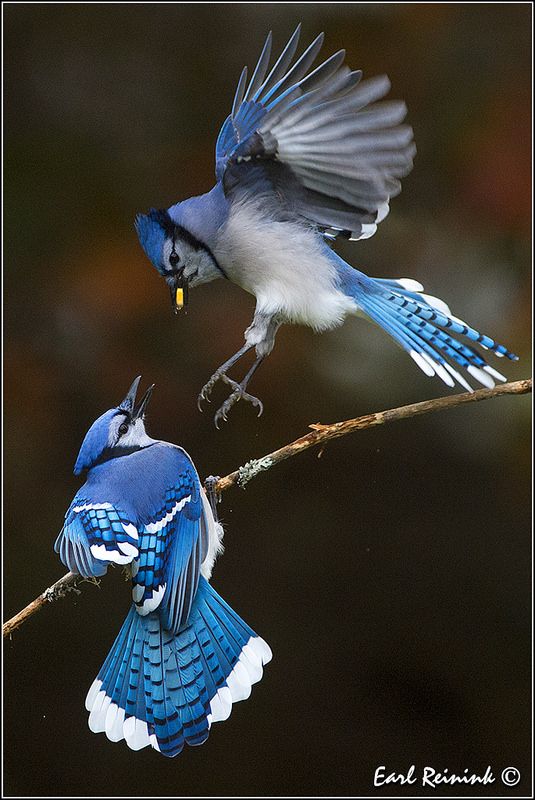 However, if you want to get the most out of blue jays, oak is your best bet.
However, if you want to get the most out of blue jays, oak is your best bet. - Beech trees are a solid place, as they also have nuts that blue jays love to eat.
- Moreover, having trees around will give blue jays shelter from inclement weather (especially important in winter) if needed. It is also good for nesting.
-
4 Keep a supply of food. Blue jays are among the most intelligent birds and generally have an excellent memory. If you only stock up on food from time to time, they will probably find a more secure place to store it. Keep feeding the peanuts and you will enter their brains as a good and constant source of food.- Blue jays are usually mobile. If food disappears, they are unlikely to wait for it to appear. You need to be at the top of your game with the blue jay to have the same ones around.
2 Keep them to the best. Make sure the feeding area you offer the jays has enough seating space. You want a nice big open shelf, not a closed space. If you notice that it is covered with food, or that part is not accessible due to some obstruction (such as a branch), adjust the shelf to make it easier for the birds to chew. If you really care about them, you can clean the walls of the house.
Goal
0 / 0
Part 2 Quiz
white vans tennis shoes
How can you encourage blue jays to return to your area?
Keep pets out of the yard.
Not really! Blue jays prefer high areas in trees, so they are generally safe for most pets. However, pets can drive blue jays away from birdbaths or feeders, so don't let them out when blue jays are in those areas. There is a better option!
Plant a lot of trees.
Optional! Blue jays dislike all trees. Their favorites are oak and beech as they give them nuts which they love to eat. These trees also provide shade and nesting space. Guess again!
Stock up on their favorite foods.
Yes! Blue jays actually have great memories, so if you keep their favorite foods in stock, they will remember and come back. Blue jays like peanuts, sunflower seeds, elderberries, and cherries. Read another quiz question.
Want more quizzes?
Part 3 of 3: Understanding Blue Jays Habits
-
one Be aware of the mating and nesting habits of the Jay. Blue jays mate from March to July and this must be taken into account when building or installing your nesting platform.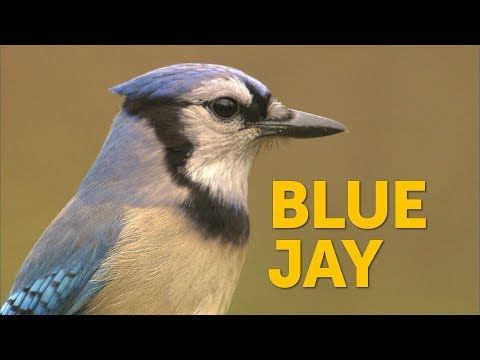 You must anticipate when a mated pair will need a nesting platform so that you can set it up and get it ready to go. Blue jays are monogamous and usually stay together until one of them dies.
You must anticipate when a mated pair will need a nesting platform so that you can set it up and get it ready to go. Blue jays are monogamous and usually stay together until one of them dies. - It may also help if you offer a pile of twigs and branches nearby to help them build a nest. Building a nest can require hundreds of trips back and forth with the necessary supplies. Giving them these items encourages them to stay in the area.
-
2 Be aware that blue jays are omnivores. Yes, most blue jays eat nuts and seeds. But they have been known to collect eggs or even small frogs, chicks and invertebrates from time to time. You can catch a bird during something you don't want to see. This is important to know before hoping for blue jays in your area.- Because of this, many people actually want to get rid of the blue jays in the yard, believing that the blue jays are wreaking havoc on other animals that are more peaceful. It's important to consider this side before you have a whole yard.
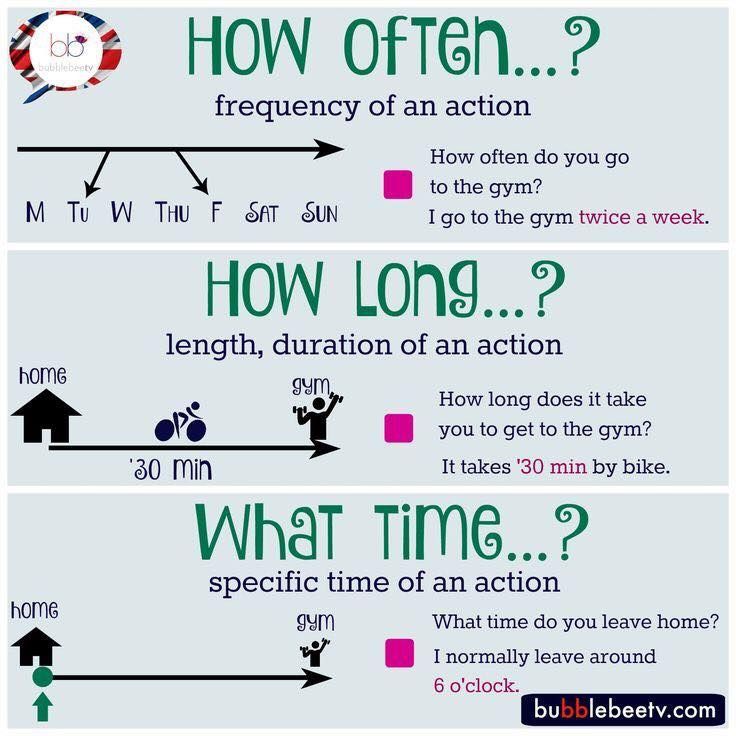
- Because of this, many people actually want to get rid of the blue jays in the yard, believing that the blue jays are wreaking havoc on other animals that are more peaceful. It's important to consider this side before you have a whole yard.
-
3 Be aware that they may be slightly raucous. They tend to move in groups, especially in autumn, and their social behavior can be quite dynamic. They can also be nasty, scaring away other birds and even imitating hawks to do so. They are very territorial, but if there are fewer of them, they will retreat. Because of their antics, some people don't like them in the garden or backyard, but they are worth a look!- Blue jays are a compromise of sorts. You may have to bequeath your yard to them, but they will adorn you with their beautiful flowers. If you do decide to take this route, be prepared for the fact that other birds and small animals will become less. They know that it is not worth fighting the blue jay for territory.
-
4 If they start destroying your backyard, take action. Blue jays are commonly referred to as bully birds that keep other birds at bay. Sometimes they even eat their young. If you have too many blue jays, consider creating a feeding area dedicated to blue jays only and keep other bird feeders and trays out of sight. Alternatively, keep their food source minimal so that they only spawn occasionally.
If you have too many blue jays, consider creating a feeding area dedicated to blue jays only and keep other bird feeders and trays out of sight. Alternatively, keep their food source minimal so that they only spawn occasionally. - Blue jays are fairly large birds. If you need other, smaller birds, put in a few birdhouses and feeders that the jays won't fit in. They will give up the fight as soon as they realize that it is fruitless.
Goal
0 / 0
Part 3 Quiz
wii sports cheats tennis
How can you help blue jays during mating season?
Keep sticks and twigs nearby.
Nice! Blue jays need sticks and twigs to build their nests. If you keep them nearby, you will help them with the building process so that the nest is ready for their eggs. This will also increase the likelihood that blue jays will remain in the area.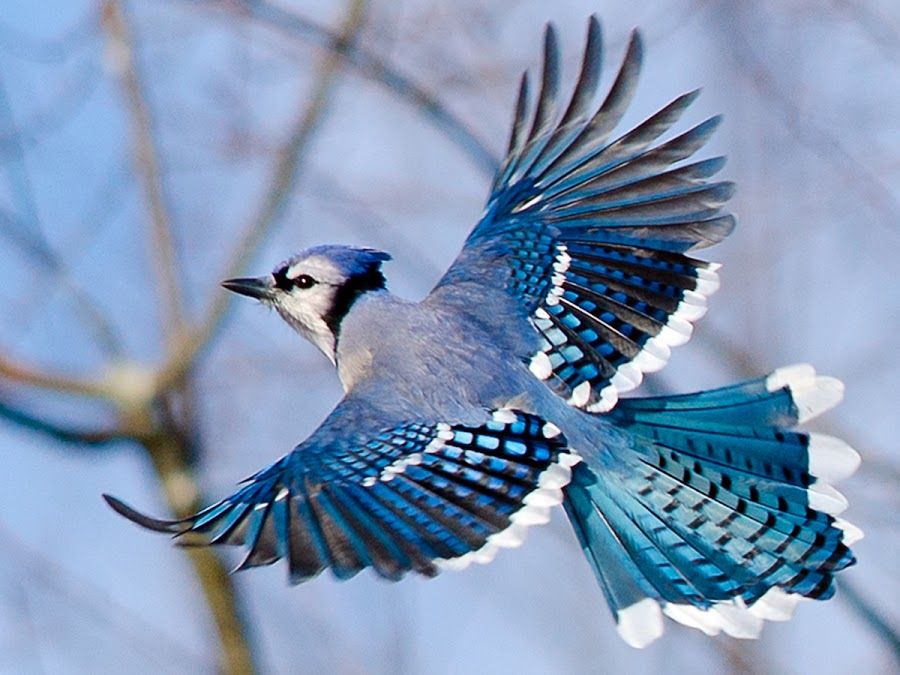 Read another quiz question.
Read another quiz question.
Move the nest to a warm, sunny location.
Absolutely not! The jay's nest should not be moved during the mating season. Also, blue jays actually prefer shade, so their platform should be high up in a shady part of the tree. Choose another answer!
Give them extra food.
Not really! Blue jays do not need additional food during mating season. Just keep the feeders filled with their favorite treats to attract more jays. Choose another answer!
Keep other birds away from this area.
No! Blue jays are often themselves good at driving other birds away from the area. They have a reputation for intimidating other birds - even hawks! You don't have to worry about helping them with this! Choose another answer!
Want more quizzes?
Community Q&A
Search Add New Question
- Q: Do blue jays eat raw apples? They often eat just about anything (especially nuts!), but make sure the apple is cut into small enough pieces.

- Question: Do they eat avocados? No, never feed avocados to birds. Avocados are one of the worst food for birds and can be very toxic to them.
- Question: What should I do if I find a blue jay in my yard? If it is not threatened by another animal, leave it alone. Probably a parent nearby.
- Question Do blue jays eat corn? Yes.
- Question: Will the blue jay scare the cardinal? M Murlam Yes.
 Blue jays deter many small birds. I've personally seen blue jays scare away cardinals.
Blue jays deter many small birds. I've personally seen blue jays scare away cardinals. - Q: Is there a particular time of day that blue jays usually eat? No, blue jays feed during the day.
- Q: Will a territorial blue jay attack a small child? Maybe it depends on the situation. I used to be "buzzed" and I'm already a big adult.
- Q: What colors, if any, are the Blue Jays most attracted to and are there any colors they avoid? There are no specific colors that the Blue Jays particularly like, but something sparkly will grab their attention.
 The best way to attract blue jays is with the right bird food. This article lists the favorite dishes of the Blue Jays.
The best way to attract blue jays is with the right bird food. This article lists the favorite dishes of the Blue Jays. - Question Can the blue jay be tamed? Not at all, they will probably bite you, but you can see them up close.
- Question Why do blue jays drink from my hummingbird feeder? They like the sweet taste of nectar.
FAQ
Tennis
Betting on Rafael Nadal to win the Australian Open if he doesn't have to face Novak Djokovic in the final: Paul Annacone
Paul Annacone and Lindsey Davenport recently talked about Rafael Nadal's chances at the upcoming Australian Open.
Yoga
How to Help Sore Knees with Yoga
How to help sore knees with yoga. Practicing yoga poses, or asanas as they are traditionally called, focusing on the knee joints, will help keep the knees flexible and healthy, and help to recover from stiffness or injury...
Tennis
H2H: Djokovic vs. Murray
H2H: Djokovic vs. Murray
Streaming
Cat Bowl 2020 Time & Live Stream: How to Watch Online Without Cable
Want to watch Cat Bowl 2020 on Hallmark? Here's when it will air and how to watch it online.
Environmental Activities
How to celebrate Earth Day
Earth Day is celebrated on 22 April.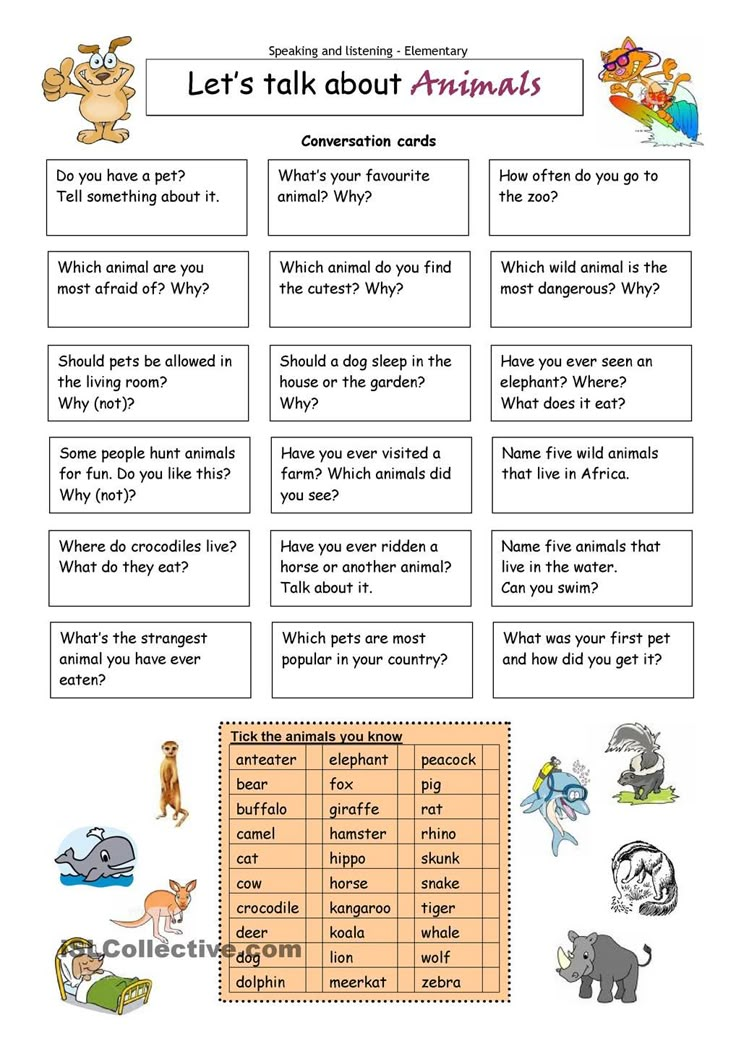 Since 1970, it has grown into a global event recognized by over 192 countries. Dedicating a special day to helping the Earth is a way to show how much we care about the future of our...
Since 1970, it has grown into a global event recognized by over 192 countries. Dedicating a special day to helping the Earth is a way to show how much we care about the future of our...
Hands & Hand Health
How to have fun with a broken arm
How to have fun with a broken arm. So you're stuck in a cast on your arm for a month or two and you already feel trapped at home. Although negative thoughts are easy to master, the most important thing is ...
Others are interested
- best tennis elbow brace
- 2-hand tennis racket
- stream game of thrones season 8 episode 4
- tennis racket holders
- tennis service basics
- double handle tennis racket
Blue Jay - Corvidae | Non-commercial educational and cognitive Internet portal Zoogalaxy
6064 6065 6066 8409 8410 8411 8652 8653Habitat
The range of the blue jay ( Cyanocitta cristata ) extends from the eastern United States and southern Canada to the Gulf of Mexico. Most of the birds living in the north of the range migrate to the south in winter. The migration takes place during daylight hours in flocks of 5-50 birds and more (flocks of up to 3000 birds have been observed). Blue jays inhabit a wide variety of habitats - deciduous forests, parks and gardens, suburban residential areas. But still they prefer mixed oak and beech forests, however, in the west of the range they can also be found in dry pine forests and shrubs.
Most of the birds living in the north of the range migrate to the south in winter. The migration takes place during daylight hours in flocks of 5-50 birds and more (flocks of up to 3000 birds have been observed). Blue jays inhabit a wide variety of habitats - deciduous forests, parks and gardens, suburban residential areas. But still they prefer mixed oak and beech forests, however, in the west of the range they can also be found in dry pine forests and shrubs.
Description
The body length of these beautiful birds reaches 30 cm, wingspan - about 42 cm, weight ranges from 70 to 100 g. The blue jay has a blue back, a long bright blue crest, a black necklace, a blue-black-white pattern on the wings - white striped tail. Females and males are colored the same, but males are somewhat larger. Their beak is strong, thanks to which jays easily split seeds with a hard shell. These birds can make a wide variety of sounds, such as melodious whistles and bell-like sounds; they imitate the calls of the hawk; shout loudly, warning of the approach of a predator; the pair, communicating with each other, makes a sound similar to the work of a rusty pump. Sometimes jays imitate hawks to deceive other birds and drive them away from their food. They are excellent imitators, in captivity they quickly learn to imitate human speech.
Sometimes jays imitate hawks to deceive other birds and drive them away from their food. They are excellent imitators, in captivity they quickly learn to imitate human speech.
Nutrition and behavior
Blue Jays are social birds, they live in pairs, small family groups or flocks. Jays are omnivorous, their diet includes both vegetable (acorns, beech nuts, seeds and fruits, berries - up to 78%) and animal feed (beetles, grasshoppers, spiders, centipedes, caterpillars, small vertebrates - chicks and eggs, lizards and frogs, mice - up to 22%), as well as carrion. Blue jays often steal prey from other birds. Non-migratory individuals make stocks for the winter, for example, acorns and seeds are hidden in cracks in the bark or under fallen leaves, buried in the soil. One jay in autumn can "prepare" up to 3-5 thousand acorns. At one time, this bird carries up to five acorns - it puts 2-3 acorns in the goiter, holds one in its mouth and one more in its beak.
Nesting
Blue Jays are monogamous and form permanent pairs (sometimes for life.) Typically, nests of these birds, 18-20 cm in diameter, are located in the forks of lateral branches of deciduous or coniferous trees at a height of 3-10 m above the ground. The rods used for the outer part of the nest are broken off by birds from living trees. Jays collect various roots with which the nest is leveled in freshly dug ditches, fresh graves in cemeteries, from recently fallen trees, etc. All this is carefully laid, and sometimes sealed with moist earth or clay. The nest tray is lined with rags, wool, lichen, paper, dry leaves and grass. Before finishing nest building, birds build several incomplete nests as part of their courtship ritual. Feeding the female is also part of this ritual - flying up to the male on a nearby tree, the female takes the pose of a chick asking for food and the male feeds her. If the nest is discovered by a predator, the birds may leave it forever.











